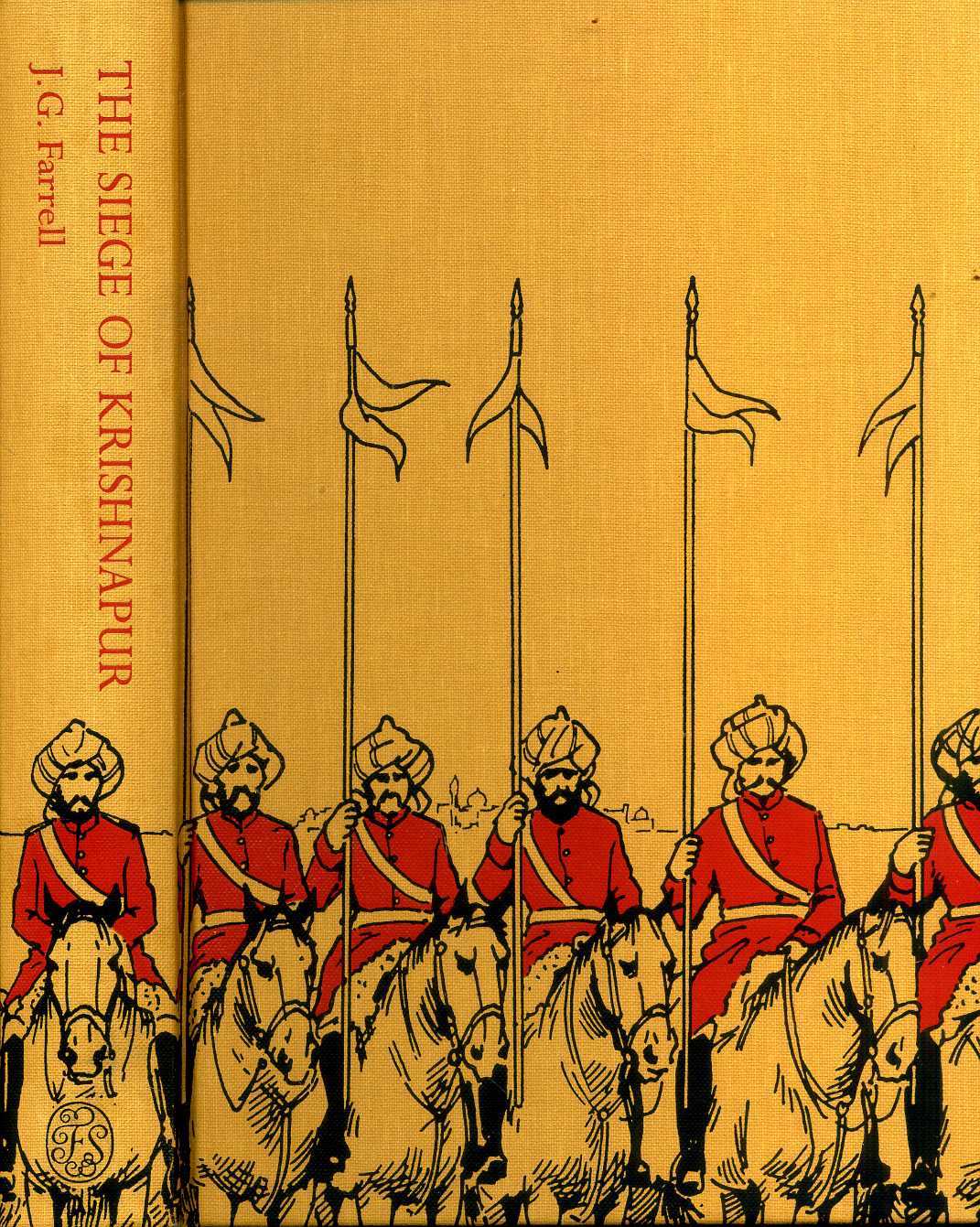

In Calcutta the colonial elite, who are passing the winter with picnics and other amusements, view his warnings of doom with scepticism their confidence in the 'benefits' of the British occupation of India leaving them in no doubt as to its permanence. In his role as Collector Mr Hopkins is responsible for both revenue collection and keeping the peace and his response to the chapattis had been to start fortifying the Residency compound. The Collector for Krishnapur, 3 accompanying his wife who is on her way back to England. 2 However, the novel quickly moves to Calcutta where the reader is introduced to various characters Dr Dunstaple, his daughter Louise, by mention his son Harry, and two visitors recently arrived from London, George Fleury and his widowed sister Mrs Miriam Lang. The novel opens with a hint of the trouble ahead as piles of chapattis start turning up in the British Residency at Krishnapur. © The British Library Board (×400(190), plate 19) The British Residency at Hyderabad, drawn in 1813 (reproduced courtesy of the British Library). Excerpts from The Siege of Krishnapur presented here focus on the venomous debate between two doctors on the causes and treatment of cholera.

This book was preceded by ' Troubles' about the Easter 1916 Irish uprising and followed by ' The Singapore Grip' set just before the Japanese invasion in 1942.

Farrell's purpose was to chronicle the decline of the British Empire in India. Inspired by the journals kept by Julia Inglis and Maria Germon during the siege of Lucknow, it moves in constricting circles over the course of a few months drawing ever more detailed and intense vignettes as the grip of the siege tightens and moves towards its final days. From the perspective of some of the British residents, it describes a siege of the British Residency (Figure 1) or cantonment in the fictional Indian town of Krishnapur during the Indian Rebellion of 1857. Published in 1973, The Siege of Krishnapur is a novel which combines an action packed story full of detailed and accurate historical description with a deep but entertaining parody of Victorian beliefs and values and a nuanced critique of colonial rule.


 0 kommentar(er)
0 kommentar(er)
